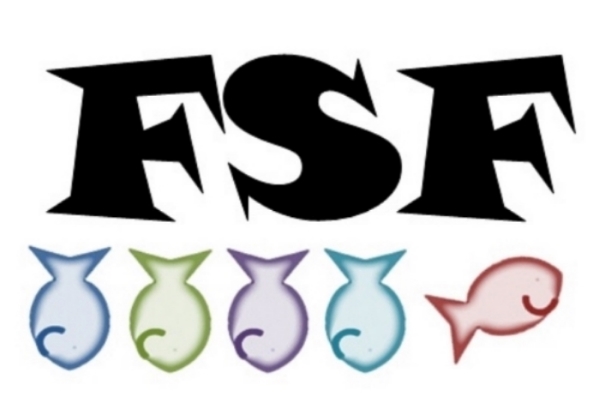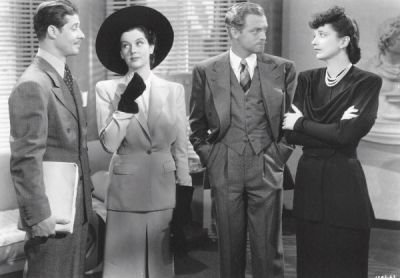One more Rosalind Russell film.
John Hathaway (Don Ameche) is a college professor with a realistic view of the world around him. He is writing a book about jealously in the human psyche. He hopes the book will make enough money that he and his wife Julie (Rosalind Russell) can leave the university town. This is especially true when the dean tries to force him to pass an athlete who refuses to put in any effort. John decides to give up his job and talk to publisher Elliot Morgan (Van Heflin) about his book.
John’s academic approach to relationships drives Julie nuts, wishing he would be jealous every once in a while. Still, she supports his writing, encouraging healthy habits around his obsession at the typewriter. She is also he biggest cheerleader, stating that someday Morgan’s office will be lined with copies of John’s books. John replies that he’s know plenty of books that never get published. The character is a realist, through and through.
Enter Nellie (Kay Francis), Morgan’s assistant and girlfriend who has excellent knowledge of the literary world. She starts by saying that they don’t often publish scholarly works (to which Julie jokes that her husband can’t help being smart), however Nellie expresses an interest in the book if he focuses only on martial jealousy. As Nellie convinces him to change the book, Morgan flirts shamelessly with Julie. Julie worries about Nellie spending so much time with John. Nellie is frustrated with Morgan ignoring her for Julie. And John is completely secure in his marriage, continuing to upset Julie. She even has a ridiculous dream in which her husband dressed in prison stripes punches every man who looks at her. Oh, 1940s shenanigans! Of course none of these highly intelligent people think to get counseling and have healthy relationships. Nope. The women start screaming and the men eventually swing fists. Sigh.
There are several good jokes about the book world. Morgan grows a goatee because “Shakespeare had a beard”. The group attends a party full of drunk writers, self-deprecating critics, and smarmy lawyers making light of what terrible people agents are. The process of rewrites and publishing are shown through silly one-liners. Yet the film also makes it seem rather simple to sell a book, even one with an academic topic - if it’s skewed the right way. Lastly, there is the idea of what principles you have to give up in order to be printed.








